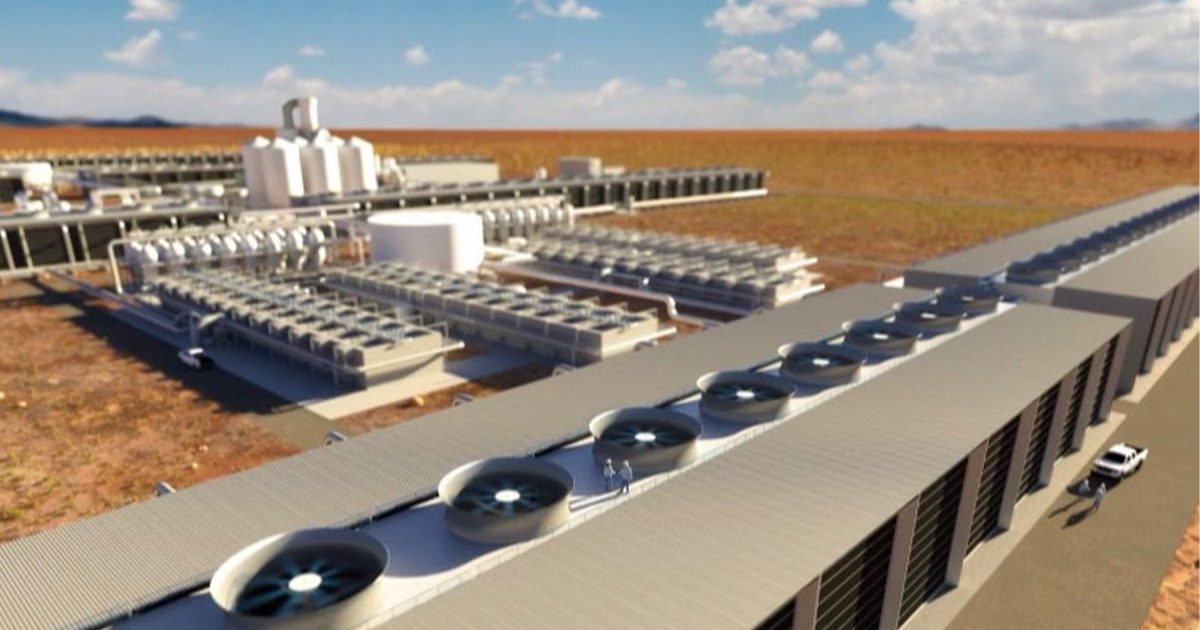As the global community grapples with the far-reaching impacts of climate change, the imperative to reduce carbon emissions and actively sequester existing carbon dioxide has never been more urgent. In this critical moment, companies must carefully consider their approach to carbon sequestration and investments in sustainable solutions. This blog aims to delve deeply into the rationale for why companies should steer clear of carbon pumping and instead prioritize investments in Dynamic Carbon Credits, encompassing direct air capture, natural sequestration, permanent storage, biochar utilization, and other innovative approaches. We will also examine the environmental risks associated with carbon pumping, including earthquakes, volcanic activity, and other related issues, while dispelling misconceptions about the capability of Dynamic Carbon Credits to facilitate reforestation and long-term carbon storage.
The Environmental Risks of Carbon Pumping diving into the realm of carbon sequestration, we encounter the widely debated approach of carbon pumping, which involves injecting carbon dioxide deep underground for long-term storage. While this method has been touted as a potential solution to curb atmospheric carbon levels, it comes with inherent environmental risks that cannot be ignored.
Induced Seismic Activity: One of the most significant concerns surrounding carbon pumping is the potential for induced seismic activity. Injecting CO2 into subsurface formations alters the pressure within geological structures, which can lead to the destabilization of fault lines and trigger seismic events. The prospect of inadvertently inducing earthquakes in already vulnerable regions is an alarming environmental risk associated with carbon pumping. The potential impact on communities, infrastructure, and ecosystems necessitates a reevaluation of this approach.
Volcanic Disturbances: Similarly, the injection of significant volumes of CO2 underground raises concerns about potential volcanic disturbances. The pressure buildup resulting from carbon pumping could trigger volcanic activity in certain regions, posing threats to local ecosystems, agricultural lands, and communities. The unpredictable nature of volcanic events underscores the innate risks of relying on carbon pumping as a primary carbon sequestration strategy.
Dynamic Carbon Credits and Sustainable Alternatives Against this backdrop, it becomes essential for companies to redirect their attention and investments away from carbon pumping and toward Dynamic Carbon Credits. This multifaceted approach encompasses a range of sustainable and innovative methods for carbon sequestration, each carrying significant potential to mitigate climate change impact.
Direct Air Capture: A cornerstone of Dynamic Carbon Credits is the promotion of direct air capture technologies. By actively removing carbon dioxide directly from the atmosphere, these pioneering technologies offer a scalable and sustainable solution to reducing atmospheric carbon levels. Investing in the advancement of direct air capture ensures that companies contribute to the development of efficient and effective methods for combatting climate change. Natural Sequestration: Embracing natural sequestration methods, such as reforestation and soil carbon enhancement, offers a compelling alternative to carbon pumping. Supporting projects that restore ecosystems and promote long-term carbon storage aligns with the broader principles of sustainability and resilience. The preservation and enhancement of natural carbon sinks through reforestation, regenerative agriculture, and ecosystem conservation form a critical pillar of Dynamic Carbon Credits.
Biochar Utilization: Another facet of Dynamic Carbon Credits lies in the utilization of biochar,a form of charcoal produced through the pyrolysis of organic materials. Investing in biochar projects presents a dual benefit—capturing and storing carbon while simultaneously enhancing soil health and agricultural sustainability. By fostering initiatives that promote biochar utilization, companies actively contribute to carbon sequestration efforts while bolstering agricultural resilience and productivity.
Dispelling Misconceptions about Dynamic Carbon Credits In discussing the environmental implications and sustainable alternatives to carbon pumping, it is crucial to dispel certain misconceptions surrounding Dynamic Carbon Credits. One prevalent misconception is the perception that these credits do not encompass reforestation projects, thereby failing to provide a mechanism for permanent carbon storage.
Reforestation and Permanent Storage: While it is true that Dynamic Carbon Credits does not focus primarily on reforestation projects, they offer a broader array of services for sequestration. By prioritizing direct air capture, natural sequestration, and biochar utilization, Dynamic Carbon Credits facilitate comprehensive and sustainable approaches to long-term carbon storage. This holistic framework aligns with the imperative to address climate change through diverse and impactful strategies.
The potential environmental risks associated with carbon pumping, including induced seismic activity and volcanic disturbances, necessitate a fundamental shift in the approach to carbon sequestration. By prioritizing investments in Dynamic Carbon Credits, which exclude carbon pumping in favor of direct air capture, natural sequestration, and biochar utilization, companies can actively support sustainable and effective carbon sequestration projects. It is imperative for companies to recognize the value of investing in solutions that reduce carbon emissions while fostering long-term environmental sustainability and resilience. As we navigate the complexities of the climate crisis, a collective commitment to Dynamic Carbon Credits and sustainable carbon sequestration methodologies is vital in shaping a more sustainable and resilient future for our planet.
Let’s Work Together!
Dynamic Carbon Credits is ready to show you how to solve your most pressing business challenges. Contact us today and begin seeing the results!





